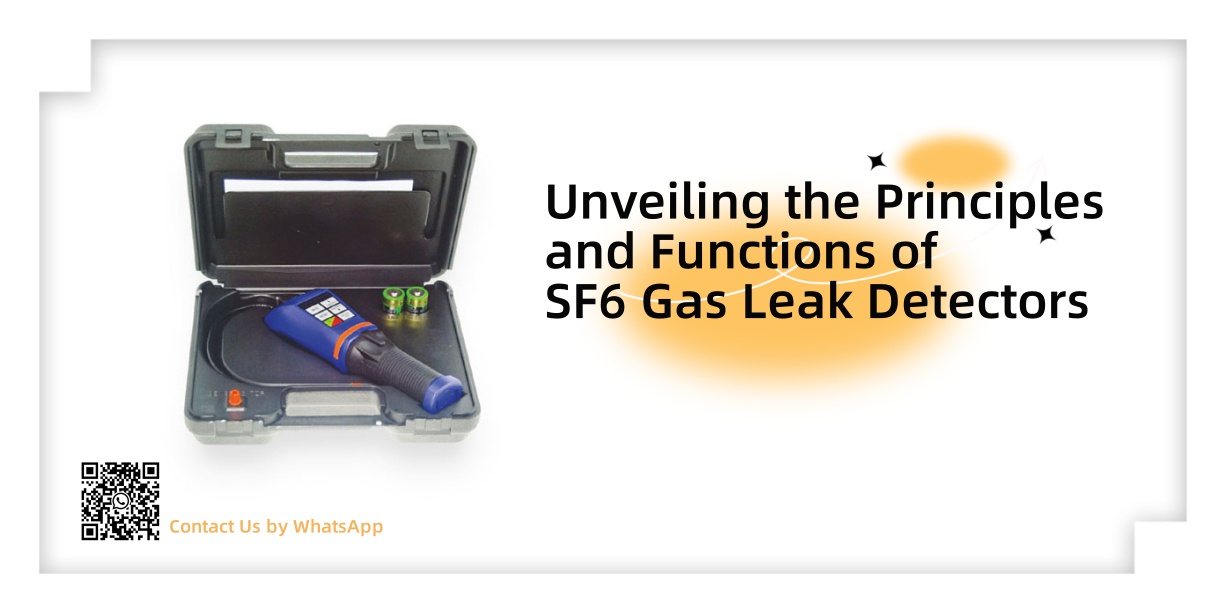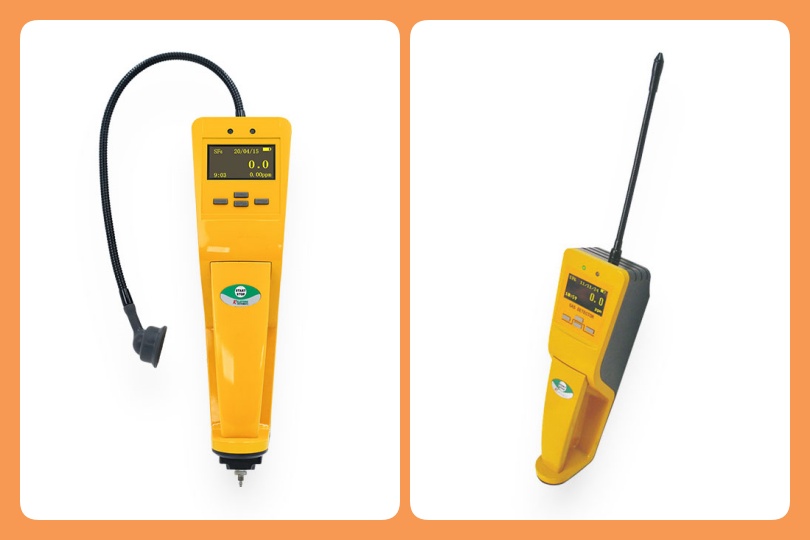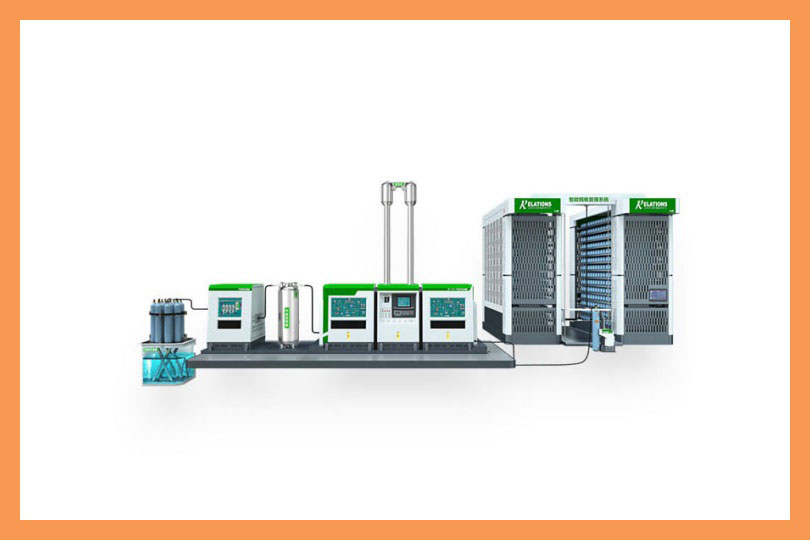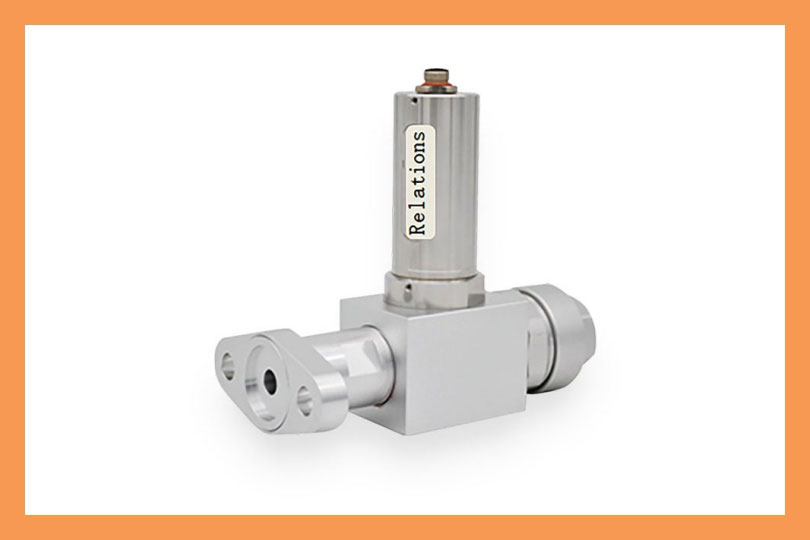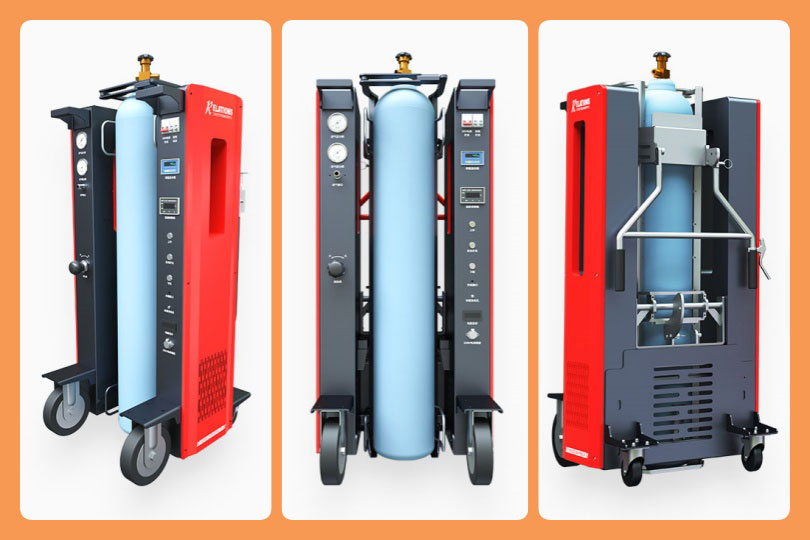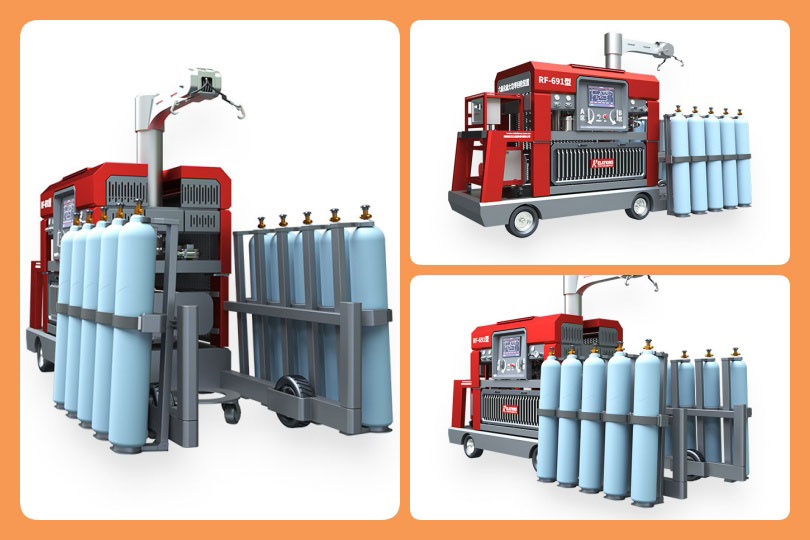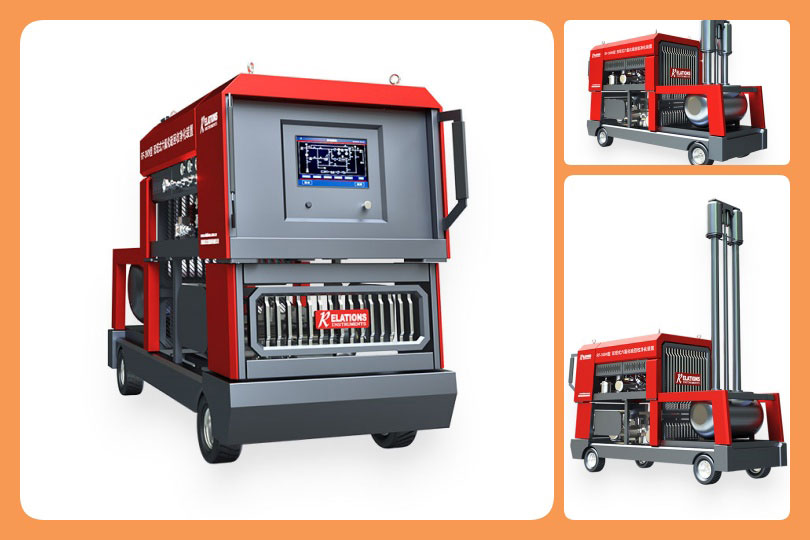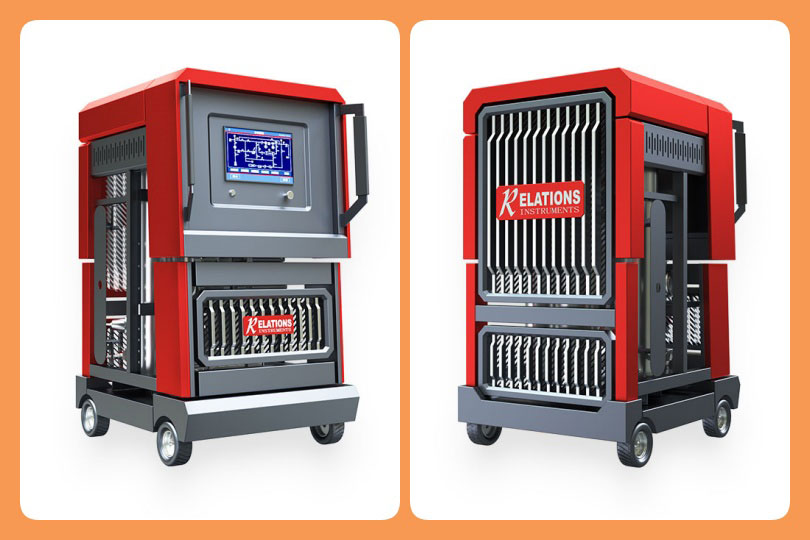Unveiling the Principles and Functions of SF6 Gas Leak Detectors for Enhanced Electrical Safety
Date
2025-05-08
[email protected]
Website
www.sf6gasdetector.com
Get Solutions And Quotes
Unveiling the Principles and Functions of SF6 Gas Leak Detectors for Enhanced Electrical Safety
In the intricate landscape of modern power systems, sulfur hexafluoride (SF6) gas has carved out a crucial niche. Renowned for its exceptional insulation and arc extinguishing properties, it is extensively employed in high-voltage switches, transformers, and other vital electrical equipment. However, the specter of SF6 gas leakage looms large. Not only does it undermine equipment performance, but it also poses significant risks to the environment and human health. This is where SF6 gas leak detectors step in as indispensable guardians of electrical safety. Let’s embark on a detailed exploration of their principles and functions.
I. Core Working Principles of SF6 Gas Leak Detectors
1. Infrared Absorption Principle: The Precision Powerhouse
The infrared absorption principle stands as one of the most sophisticated technologies in SF6 gas leak detection. SF6 gas molecules exhibit a remarkable affinity for absorbing infrared light at specific wavelengths. When an infrared beam traverses an environment with SF6 gas presence, the targeted wavelength of infrared light gets absorbed by the SF6 molecules, leading to a measurable decrease in light intensity. Leveraging the Lambert-Beer law, SF6 gas leak detectors establish a precise correlation between the light intensity attenuation and the gas concentration. This enables them to accurately quantify the SF6 gas concentration, pinpointing even the most minuscule leaks with high sensitivity, rapid response, and immunity to interference from other gases.
2. Electron Capture Principle: Selective Sensing
The electron capture principle capitalizes on the unique ability of SF6 gas molecules to capture electrons. Inside the detector’s ionization chamber, a stream of free electrons is generated. When air containing SF6 gas enters this chamber, the SF6 molecules promptly capture these electrons, triggering a change in the electron flow. By precisely measuring this change, the detector can determine the SF6 gas concentration in the surrounding environment. Its high selectivity for SF6 gas makes it highly effective in filtering out interference from other gases, although it may face limitations when dealing with high-concentration SF6 scenarios.
3. Thermal Conductivity Principle: Simplicity Meets Functionality
Rooted in the distinct thermal conductivity differences among gases, the thermal conductivity principle offers a straightforward yet practical detection approach. SF6 gas has a thermal conductivity significantly different from that of air. Any SF6 gas leakage alters the thermal conductivity of the mixed gas. The built-in thermal conductivity sensor in the detector senses this change and converts it into an electrical signal, which is then processed to display the SF6 gas concentration. While this method is cost-effective and has a simple structure, its relatively lower sensitivity restricts its use to applications with less stringent accuracy requirements.
II. Robust Functions of SF6 Gas Leak Detectors
1. High-precision Leak Detection: Leaving No Leak Unnoticed
SF6 gas leak detectors are engineered for unparalleled precision, capable of detecting SF6 gas concentrations as low as 1 ppm or even lower. This extraordinary sensitivity ensures that even the tiniest leaks, which could potentially escalate into major issues, are promptly identified. By enabling maintenance personnel to detect latent equipment hazards in a timely manner, these detectors play a pivotal role in preventing equipment malfunctions and safety incidents caused by gas leakage.
2. Real-time Online Monitoring: Constant Vigilance
Modern SF6 gas leak detectors come equipped with advanced real-time online monitoring capabilities. Seamlessly integrated with the monitoring systems of electrical equipment, they continuously gather SF6 gas concentration data from within the equipment and its surrounding environment. The data is presented in intuitive visual formats, such as charts and numerical displays. As soon as the detected gas concentration surpasses the pre-set alarm threshold, the detector immediately activates audible and visual alarms and relays the alarm information to the monitoring center. This real-time monitoring feature significantly bolsters equipment operational safety and reliability, providing dynamic oversight of SF6 gas leakage.
3. Positioning Function: Pinpointing the Problem
Some high-end SF6 gas leak detectors are equipped with cutting-edge positioning functions. Technologies like ultrasonic detection and infrared imaging are employed to accurately locate the source of the leakage. For instance, ultrasonic detection utilizes the ultrasonic signals emitted during SF6 gas leakage. The detector’s sensor array captures these signals, and through advanced algorithms, the exact location of the leakage point is displayed on the screen. This feature streamlines the troubleshooting process, saving valuable time and reducing labor costs for maintenance personnel.
4. Data Storage and Analysis: Informed Decision-making
To facilitate long-term tracking and in-depth analysis of SF6 gas leakage patterns, most detectors feature comprehensive data storage capabilities. They can store a wealth of information, including gas concentration data, detection timestamps, and alarm records, within their internal memory. With ample storage capacity, they can accommodate extended data logging. Additionally, these detectors support data transfer to computers or mobile devices via various interfaces like USB, Bluetooth, or wireless networks. Leveraging specialized data analysis software, users can dissect historical data to gain insights into equipment performance and leakage trends, empowering them to formulate well-informed maintenance strategies.
5. Portability and Adaptability: Versatile Performance
Designed with fieldwork in mind, SF6 gas leak detectors prioritize portability. Compact and lightweight, they can be easily carried to diverse work sites, catering to the widespread distribution of electrical equipment. Moreover, these detectors are engineered to withstand a wide range of environmental conditions, operating reliably across varying temperatures, humidity levels, and air pressures. Whether deployed in scorching outdoor environments or damp indoor settings, they maintain consistent performance. Their user-friendly interfaces ensure that even non-technical personnel can quickly master the operation after minimal training.
SF6 gas leak detectors, with their diverse detection principles and comprehensive functions, are essential assets in ensuring electrical equipment safety, environmental protection, and human well-being. As technology continues to evolve, these detectors are set to become even more precise, intelligent, and user-friendly, further strengthening their role in safeguarding the stability and development of the power industry.
